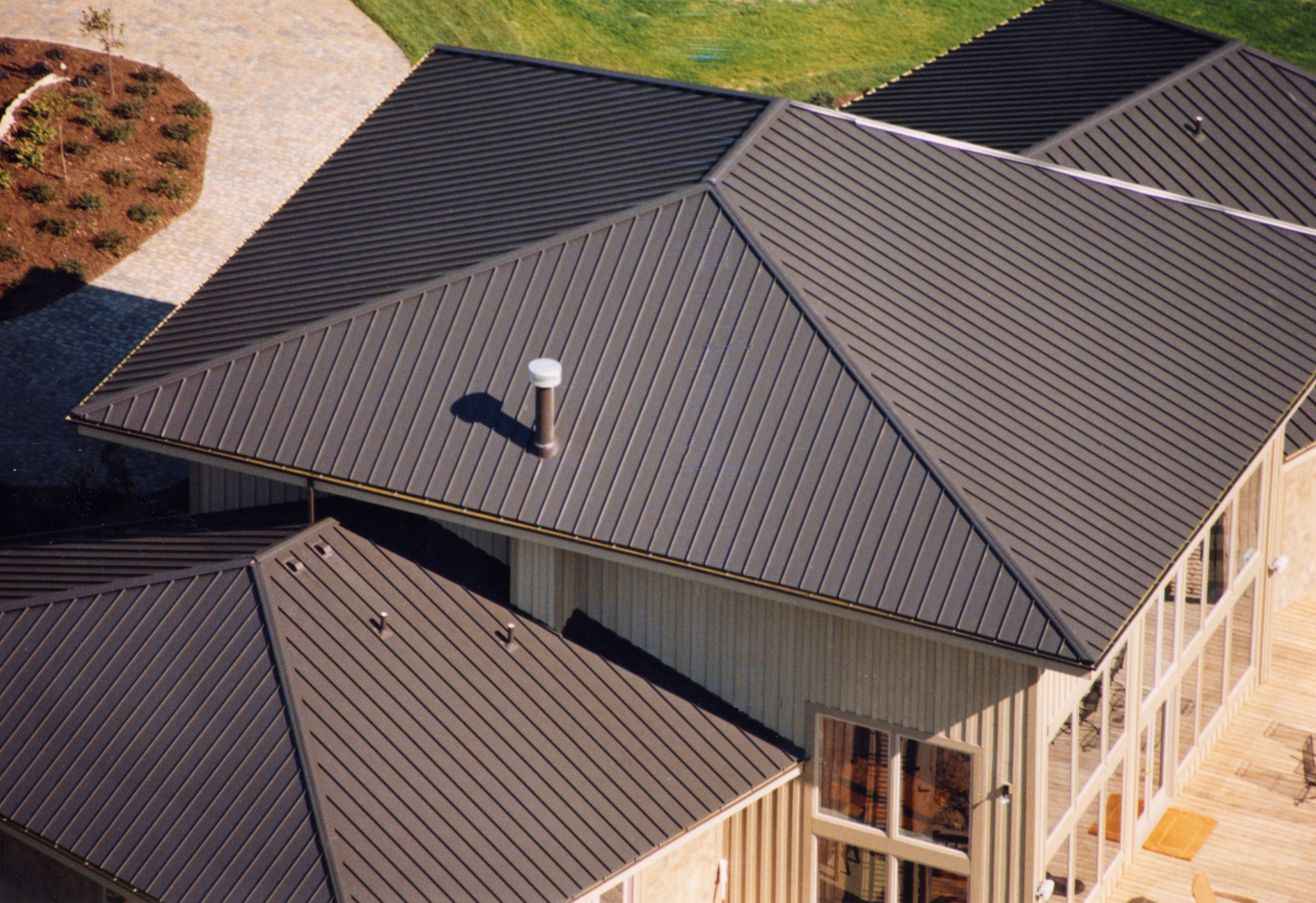Roof inspections are essential for figuring out potential issues and guaranteeing the longevity of your roof. Regular inspections can help detect issues early, preventing pricey repairs or replacements down the line. Here are some widespread strategies and steps for conducting a roof inspection:
Visual Inspection:
a. Exterior Inspection:
Start by analyzing the roof from the ground utilizing binoculars or by safely climbing onto a ladder to get a better look.
Look for seen indicators of harm, such as lacking or broken shingles, curling or buckling shingles, or unfastened or deteriorated flashing around roof penetrations.
Check for particles, moss, algae, or lichen progress on the roof, which might point out moisture-related points.
Inspect the gutters and downspouts for granules from shingles, as excessive granule loss can sign shingle put on.
b. Interior Inspection:
Go into the attic or crawl area and inspect the underside of the roof deck for indicators of leaks, moisture, or water stains.
Look for daylight coming through cracks or holes within the roof deck, which can indicate roof damage.
Check for indicators of insulation damage, mildew, or mildew development, which can outcome from roof leaks.
Roof Walk:
a. If it is protected to take action, stroll on the roof surface to inspect it up shut.

b. Be cautious and put on acceptable security gear, such as non-slip shoes and a safety harness if wanted.
c. Look for any gentle or spongy areas, which might point out underlying damage.
d. Check for loose or broken roofing supplies, as properly as signs of wear and tear.
Moisture Detection:
a. Use a moisture meter to detect hidden moisture within the roof construction and insulation.
b. Moisture detection may help establish leaks or areas of potential water intrusion that may not be seen.
https://roofrestorationcampbelltown.com.au/aluminium-roofing/">Aluminium Roofing :
a. Drones outfitted with cameras can provide a comprehensive view of the roof floor with out the necessity for direct physical access.
b. A drone inspection could be especially helpful for bigger or hard-to-reach roofs.
Professional Inspection:
a. Consider hiring a professional roofing contractor or inspector to conduct an intensive inspection.
b. Professionals have the experience, instruments, and experience to determine points that may not be obvious to a home owner.
Documentation:
a. Document your findings with photographs and notes to create a document of the roof's situation.
b. This documentation could be helpful for monitoring modifications over time and for insurance claims or repairs.
It's necessary to perform roof inspections frequently, ideally no less than every year, and after extreme climate occasions like storms. Additionally, if you're not snug or confident in your capability to perform a roof inspection safely, it's advisable to hire a certified roofing professional to make sure an intensive and accurate assessment of your roof's condition..
